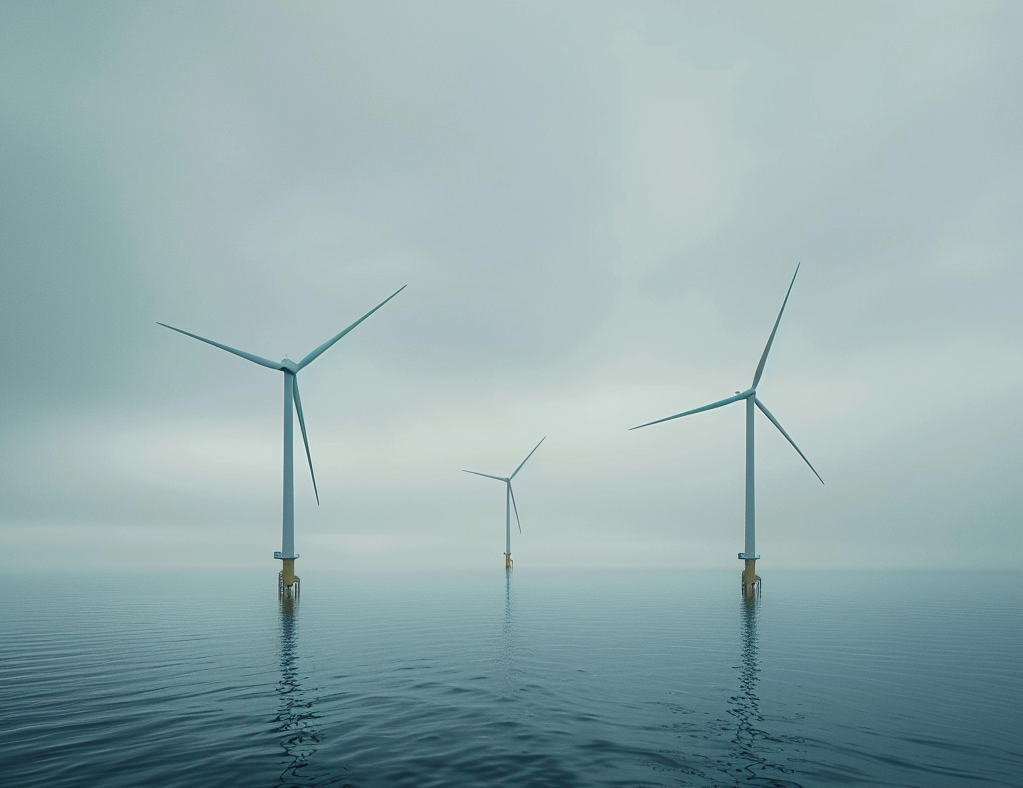
The agreements, developed in response to feedback from the local commercial fishing industry, will provide funding to commercial fishermen above and beyond what is required by the federal Bureau of Ocean Energy Management (BOEM).
“This proposal — one of the biggest investments in commercial fishing in the region – demonstrates our commitment to the fishing industry and the local community in which we’ll operate,” said Jeffrey Grybowski, US Wind CEO.
"The funding will provide direct support to commercial and charter fishermen, grants for local businesses, and support for harbor maintenance and infrastructure. We’re looking forward to continuing our work with local fishermen and the states of Maryland and Delaware to finalize this unprecedented agreement.”
In Maryland, US Wind reduced the planned footprint of harbor-front facilities after hearing feedback from locals. Included in the $20 million package is $13.5 million for the Maryland Fishing Community Resilience Fund, which provides:
“Maryland recognizes the cultural and economic value of our ocean-going commercial and charter fishing industries,” said Maryland DNR Secretary Josh Kurtz, who signed the agreement on behalf of Maryland. “This agreement works to balance our need to develop reliable and clean domestic energy sources with our desire to support the state’s seafood industry and commercial fishing operations.”
In the Delaware MOU, the Multi-Use Fishing Community Resilience Fund will provide significant funding for fishing-related research, such as novel fishing gear development.
“As Delaware charts a course toward cleaner energy, we’re equally committed to looking out for our commercial fishers,” said DNREC Secretary Greg Patterson. “This MOU represents a balance: advancing needed energy generation while taking meaningful steps to protect fishing livelihoods and strengthen coastal resilience.”
In addition to the Resilience Funds for each state, the MOUs will establish two further areas of multi-state monetary support:
In order to support its offshore wind projects, US Wind plans to establish an Operations and Maintenance (O&M) facility in the West Ocean City Harbor, relatively close to where the turbines will be located offshore. The harbor front O&M facility will serve as the primary location to plan and coordinate wind turbine and offshore substation maintenance and servicing operations for US Wind’s offshore wind projects.
Services that the facility will provide include wind farm monitoring, maintenance planning and logistics, crew support, warehousing, and parking, as well as quayside and berthing areas for crew transfer vessels (CTVs). The O&M facility will not house large wind turbine components, such as blades, towers, or monopiles, and will not berth large deep draft vessels that cannot enter the West Ocean City Harbor

